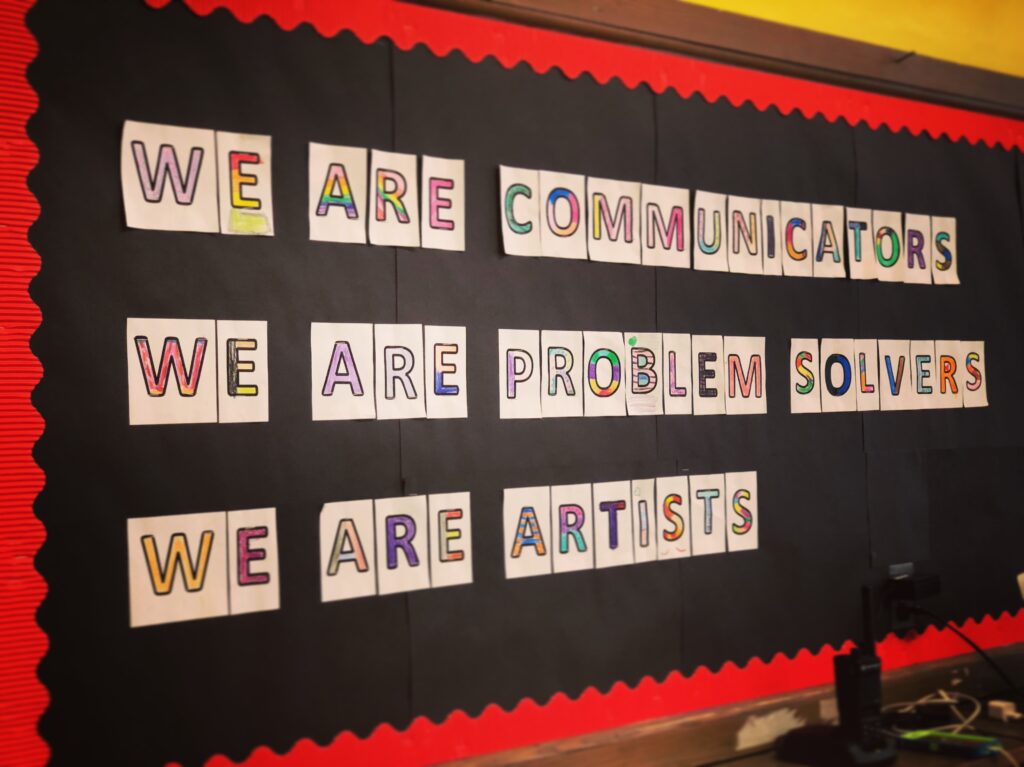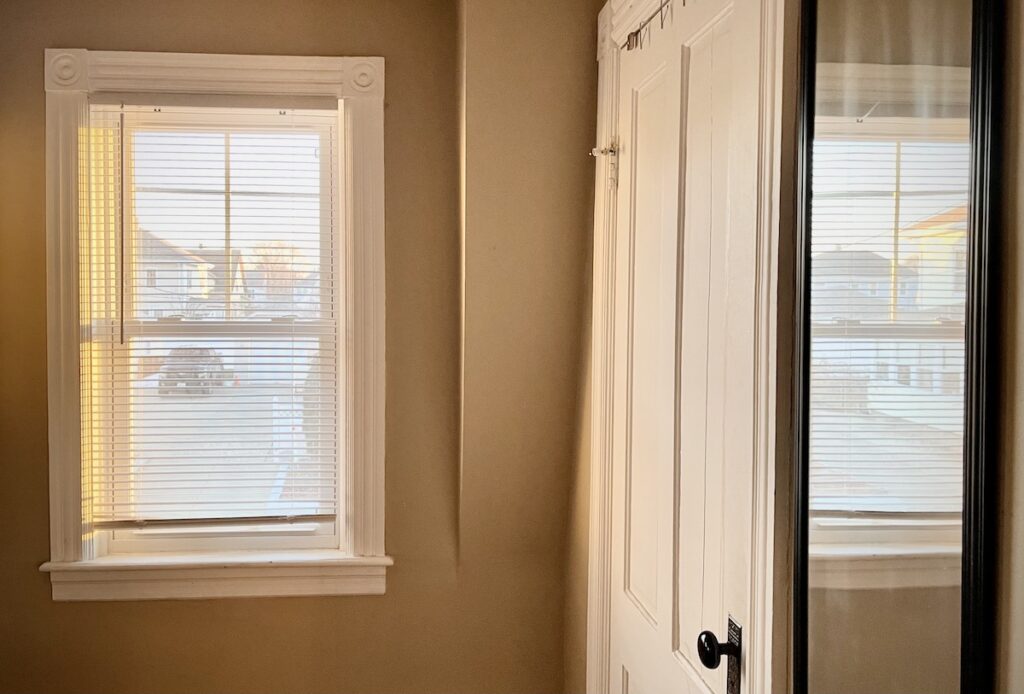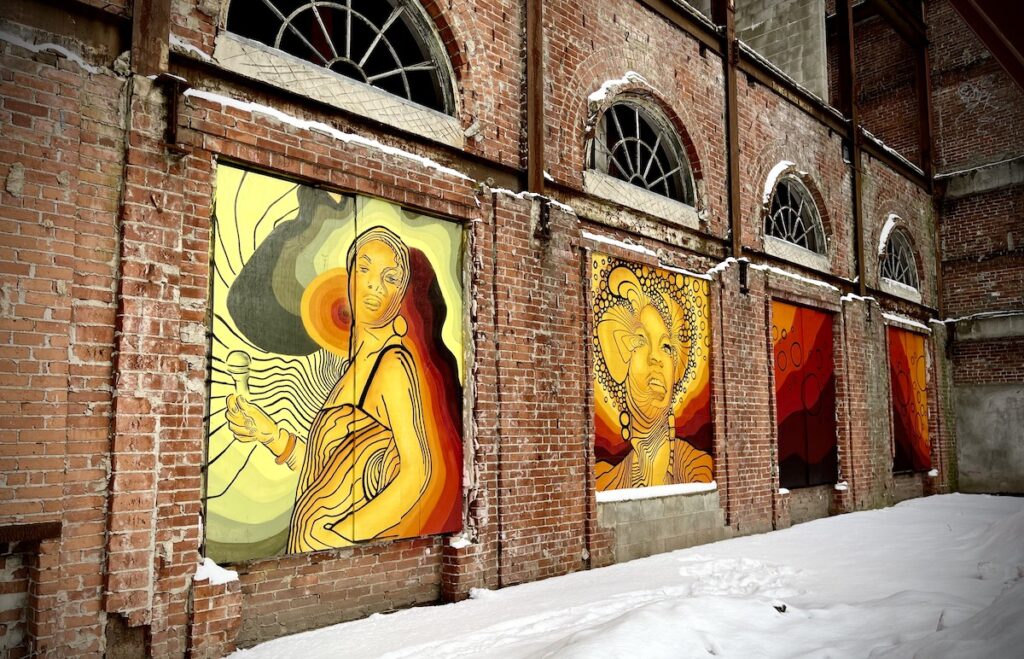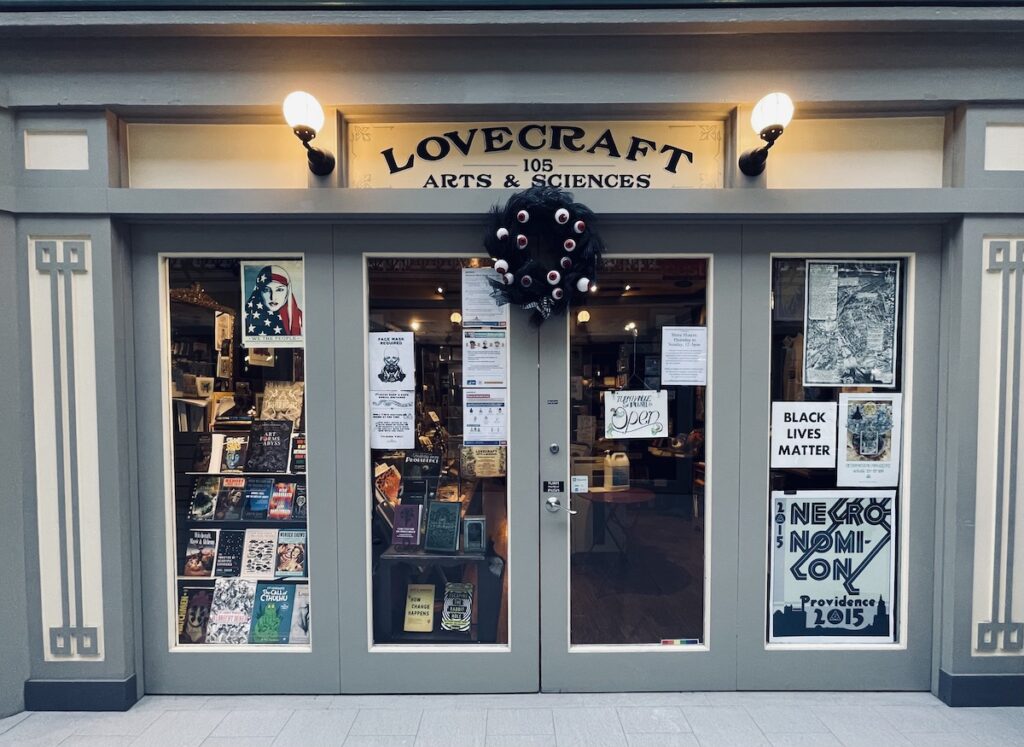Of course, art history is important. There’s a time to introduce the familiar “Old Masters of Art.” And there’s certainly a place to dissect the intricate relationship between the history of art and human culture.
But the elementary art room might not be that time or place.
Middle and high school-aged students are better equipped to study art as it relates to society, culture, and politics over time.

Why? Younger artists don’t have all the tools to understand those complexities because they are only beginning to see the world outside of themselves. Elementary-aged children can barely remember our names, let alone the names of Eurocentric dead people they’ll never meet. Where’s the relatability? Where are the connections that hook, engage, reflect, and expose?
The Challenge
Instead of showcasing the classic “Old Masters of Art” in your elementary space, present artists who are working now. Sure, you can include some of the traditional rockstars—how can you talk about primary colors and not bring up Mondrian? Just consider that art history doesn’t have to be presented in chronological order to resonate with students. And that’s the goal. We want art practices to resonate with young learners. Elementary artists should know that they, too, have the potential to become “master artists.”
The Pivot
Why should we pivot away from traditional art history in the elementary art room? We want our students to appreciate the origins of modern practices, right? We can do this with greater integrity by presenting art practices through diverse and relatable artists. Young students need to build exploratory habits and continuously strengthen their cultural humility. Cultural humility is a process of openness, self-awareness, and self-reflection after engaging with diverse individuals and ideologies. The humility aspect addresses a commitment to a process that is never complete. Applying this theory will help prevent othering and exotifying as you introduce artists from diverse ethnicities and cultures.

Highlight problem-solving, dedication, and communication first. This will fill the “toolbox of appreciation” so your young artists can analyze the more complex aspects of art history as they mature. The strongest toolbox is complete with empathy, different perspectives, and critical questioning skills.
Creating Mirrors and Windows
Young children are naturally egocentric beings who are being socialized within a school for the first time. It’s important to think about socialization and empathy when teaching about art. Everyone experiences the world through an independent lens. Even our tiniest artists are discovering their own viewpoint through which they can process and question their experiences. They’re learning they have more to learn. It must be so overwhelming!
Imagine the inner monologue:
- There are more things I need to know?
- I can think differently, and that’s okay?
Art educators are in a unique position to address these questions.
You can encourage curiosity and introduce art curricula through an inclusive “mirrors and windows” approach.

Emily Style, founding co-director of the National SEED Project, explains that “mirrors” reflect your own culture and help build identity. “Windows” offer a view of the larger world and different life experiences. Learn more about mirrors, windows, and representation in the art room here. Art education should facilitate the growth of critical thinking and questioning. Begin by turning the volume down on the traditional timeline of art history. Now, turn up the volume on diverse, contemporary practicing artists and artistic methods. Remember, the goal is to increase curiosity, empathy, and acceptance beyond the self.
The Midset of Pro-Athlete Artists
When choosing an artist or technique to showcase, try searching as though you’re scouting for the next star quarterback or Olympic gymnast. Give your young artists some “pro-athlete artists” they can learn from who are thriving now. Show your students artistic heroes they can admire in real-time. Online platforms provide access to endless varieties of art and diverse artistic talent around the world.
You can also find inspiration in your local community, literature, or even your own home.
Show your students visual art exists now as a profession. Art is a way to communicate, share stories, design clothes and logos, bake cakes, create apps, and so much more. Try moving beyond museums for a little while and look for local artists who might inspire your students to say, “I want to be like when I grow up!”

Where to Look?
So, you’re ready to put aside the art history book for now and find some new artists.
Try these helpful hints to kickstart your search.
- Hometown hashtags. Try searching for #[Insert town here]Art or #[Insert town here]Artist. Many local artists are fabulous, and while they might not be social media giants, they are present and deserve to be celebrated. Remember, you’re looking for some new “pro-athlete artists” here.
- Dig a little. When you find an artist you love, check out who they follow. You might find this leads you down an awesome rabbit hole of creative discoveries.
- Look around. The next time you’re out and about, look up at the art you see at the local bookstore or coffee shop. Take note of the art hanging in a restaurant, your dentist’s office, a hotel, or even the logo on your food delivery bag—somebody had to design it. Is there a name? Write it down. If not, ask someone, “Do you know the name of the creator?”If they do, reach out. If they don’t, now you have a mystery to solve. Don’t be afraid to spark conversations. You’re an art educator, after all!
The Ultimate Goal
Art history and the classic “masters” have a place in art education. They just don’t need to be a hard-and-fast requirement at the elementary level. Focus on building an environment of empowered individuals by featuring diverse artists and art practices to nurture visual literacy, curiosity, and cultural humility. Show your students there is no end-point to becoming an artist and creative problem-solver.

There is only the journey and what you learn, celebrate, and work through as you grow. If you can instill this long-term mindset early, the results will include increased empathy, healthy risk-taking, and a greater ability to synthesize current truth with new knowledge.
How do you address art history in your elementary classroom?
How do you search for inspirational artists to share with your students?
Magazine articles and podcasts are opinions of professional education contributors and do not necessarily represent the position of the Art of Education University (AOEU) or its academic offerings. Contributors use terms in the way they are most often talked about in the scope of their educational experiences.





